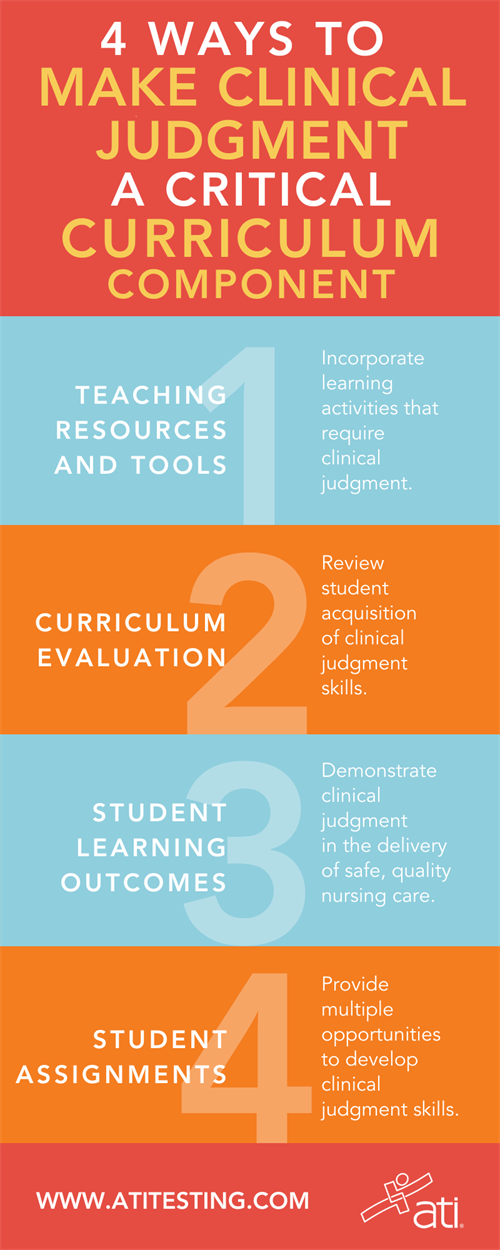Relevance is key for reaching Gen Z
Dec 16, 2020, 18:03 PM
<1.5-min. read> Case studies based on actual bedside situations are smart tools
for building clinical judgment skills.
Connecting with the content is more important than ever with today's youngest students
Helping Gen Z students see the relevance of their lessons is recommended to help them learn. The reason? These young people make decisions and relate to institutions in a highly analytical and pragmatic way, according to McKinsey & Co. In other words, they want their lives to matter. And they relate best to all aspects of it — including their education — when they know it matters.As a result, one of the most effective techniques for making your lessons relevant to them? Make the information real.

 That advice aligns perfectly with suggestions on how to teach clinical judgment proposed by Phil Dickison, PhD, RN, Chief Officer, Operations & Examinations, for the National Council of State Boards of Nursing (NCSBN).
That advice aligns perfectly with suggestions on how to teach clinical judgment proposed by Phil Dickison, PhD, RN, Chief Officer, Operations & Examinations, for the National Council of State Boards of Nursing (NCSBN).“The more real-life scenarios — real case studies — you can use, the better,” Dr. Dickison told ATI in an interview with Sheryl Sommers, PhD, RN, CNE.
Putting a focus on teaching clinical judgment is particularly important as NCSBN continues its development of the Next Generation NCLEX. The new version of the test will include case study item types when it launches sometime in 2023 or after.
Students need to interact in real-life, contextual situations while receiving feedback on their progress, he explained. These situations help students build their clinical judgment as they see the result of the actions they take.
“One of the problems with most products today is the student passes or fails if they get to the end and made the right decision,” Dr. Dickison said. Unfortunately, the student could have "lucked on” the right decision. By providing feedback, however, an educator can explain where a student made a mistake, even if he or she reached the correct conclusion.
Dr. Dickison suggested educators take a real-life case study from students’ rotations. “What a great teaching tool those become relative to clinical judgment,” he said.
An educator can present the case to the class and lead a discourse, asking individual students to describe cues from the scenario. “Two people probably are not going to give you the same relevant cues,” he said. Next, ask students to analyze the
cues. “Tell me what you’re going to do with these cues. How do they tell the story?” Dr. Dickison suggested.
DOWNLOAD THE INFOGRAPHIC AT RIGHT AS A HANDY REFERENCE
He advised throwing students a curve ball and asking them to explain what the cues mean in different contexts — say, a level-one trauma center vs. a cardiac hospital vs. an urgent-care clinic. “Those are contexts that may change their prioritization of care,” he explained.
Forcing students to iterate through the nursing process is crucial to strengthening their clinical judgment, he said.
